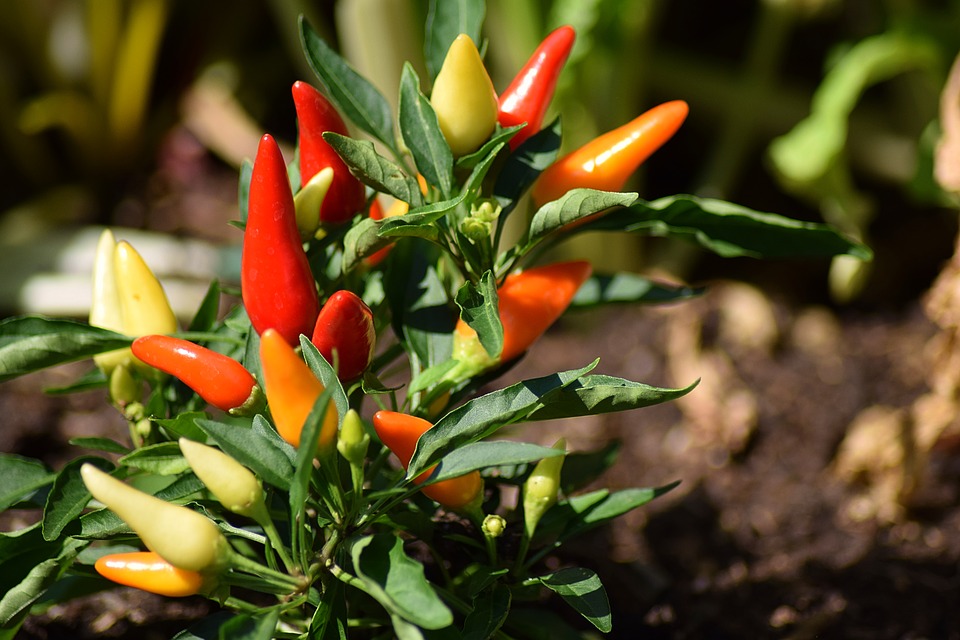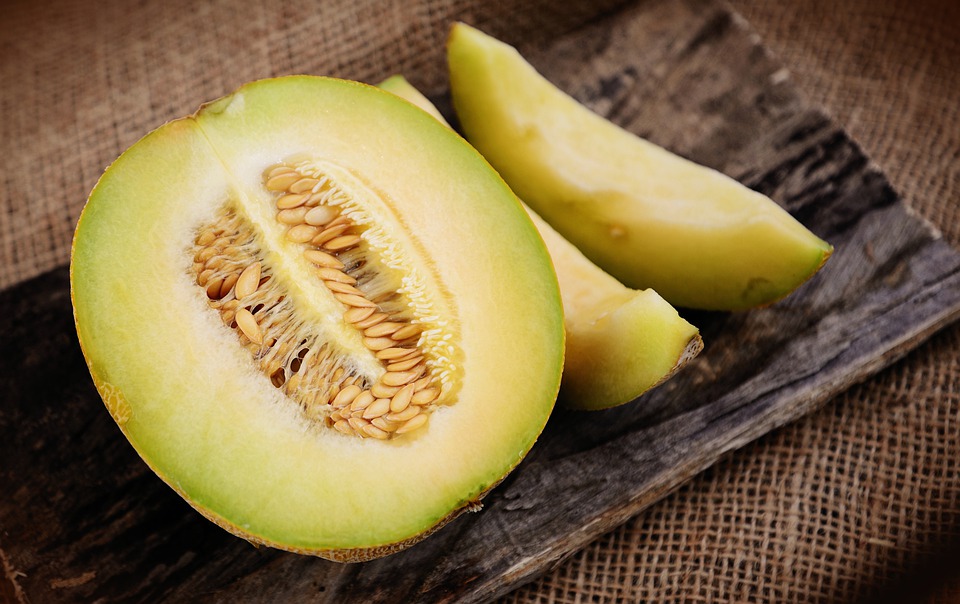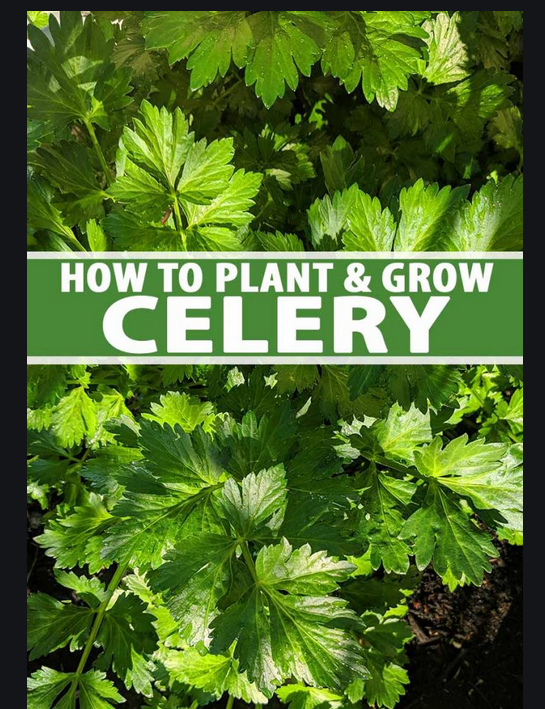Capsicum annuum, a well-known member of the chili pepper family, is a perennial plant that is very easy to grow and can satisfy even the most inexperienced gardener. In this article, we will discuss pepper diseases and advice on how to grow them.
Chili peppers were widely cultivated in Latin America, Mexico, and the West Indies long before the birth of Christ. However, Columbus and other early explorers introduced chili peppers to the European market.
By the 17th century, chili peppers were being grown in Europe and much of Asia and Africa. Curiously, chili peppers originated in the United States but were not introduced to North America.
This plant will gro w on its own once sown and watered correctly, but it is a plant that requires some “pampering” to produce a larger crop.
Chili pepper seedlings do best in a very bright location with direct sunlight. Ideally, they should also be given sandy or loamy soil that is well-drained and rich in organic matter.
Depending on the size and variety of plants grown, the standard plant spacing is 30 to 40 cm. As a general rule, sweet peppers take 60 to 90 days to ripen fully, while spicy peppers take about 150 days.
Planting is best started between March and April.
Diseases of Leaves and Peppers
The symptoms of chili peppers diseases are transmitted primarily through the leaves. Knowing how to recognize diseases and deficiencies is essential for a good harvest.
Faded, wrinkled, charred, discolored, or small leaves are signs not to be taken lightly.
Shriveled Pepper Leaves
Bacteria that cause leaf wrinkling are also a problem; pseudomonas solanacearum (a plant bacteria) causes bacterial wilt. Bacteria attack plants, especially when young. In leaves, it causes yellowing and localized necrosis at the margins. In stems, it promotes adventitious root development. Use treatments for aerial organs. Use copper-based products.
Crumple Pepper Leaves
Soil problems generally cause wrinkled leaves. Typically, overly dry, compact soil and high temperatures will cause the leaves to curl.
Deformed Pepper Leaves
There are usually two possible causes: overuse of fertilizers and infestation with thrips and aphids.
Therefore, wild fertilizers should be avoided, especially if the leaves turn very dark green. In case of a parasitic infestation, it is recommended to use natural pyrethrum, which is also used in organic farming.

Yellowing of Pepper Leaves
A lack of nitrogen and iron usually causes the yellowing of pepper leaves. A good fertilizer for green plants may solve this problem. However, the yellowing of shoots may be caused by overwatering or insufficient light.
Growing Peppers and Tips
Here are some basic growing instructions.
Be Careful Not to Overfertilize
Excessive fertilization can cause disease and plant imbalance, but in general, some fertilization around the time of first sprouting will give the fruit the strength it needs to grow.
Water in Moderation
Peppers are plants that need moderate moisture from germination until the end of the season. However, peppers do not do well in soil with a lot of moisture. The soil should be well-drained, and all excess water should be drained away. To maintain the proper balance, mulch in the summer to prevent excessive evaporation from the soil.
Consider using the following techniques to improve overall pepper production:
Plastic
Plastic Sheets To start growing chili peppers as early as possible, especially in the north, cover the plants with plastic sheeting during the first period. This will warm the soil and provide a better growing environment. It also helps maintain soil moisture throughout the season as the plants grow.

Intercropping
Try planting peppers next to tomatoes, parsley, basil, and carrots to practice this technique. Do not plant peppers next to fennel, cabbage, or turnips.
Support
Chili peppers are easily damaged when they bear fruit. Use supports to support the plant better.
Let us know if these few tips have helped you in the comments below!


